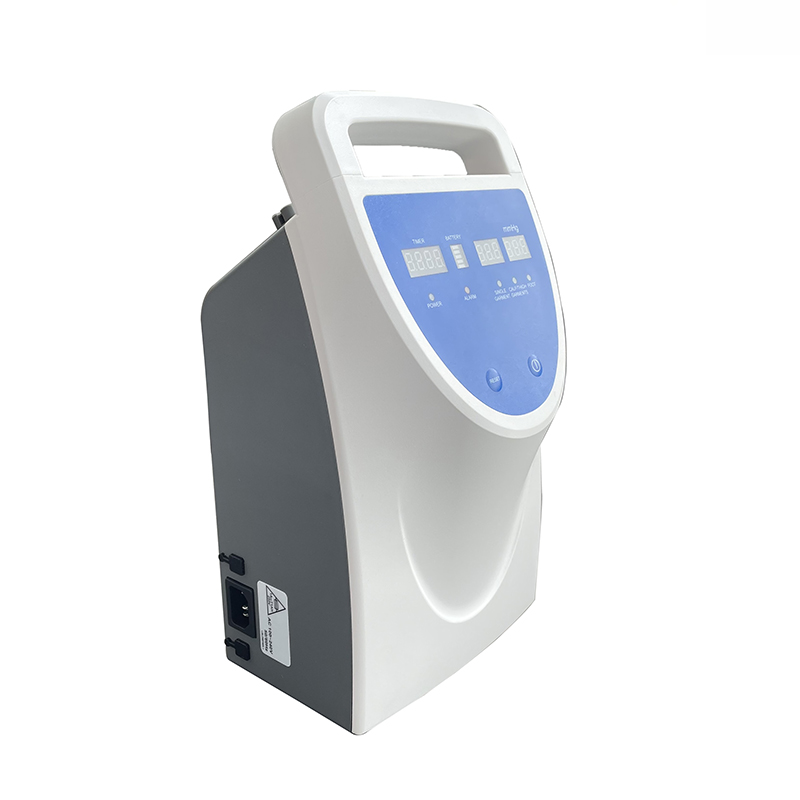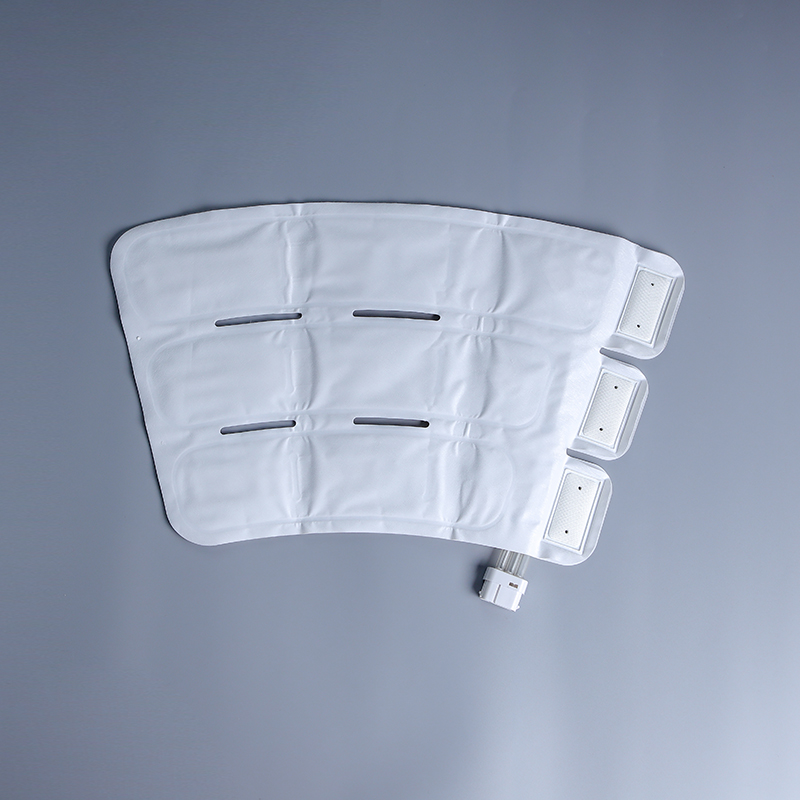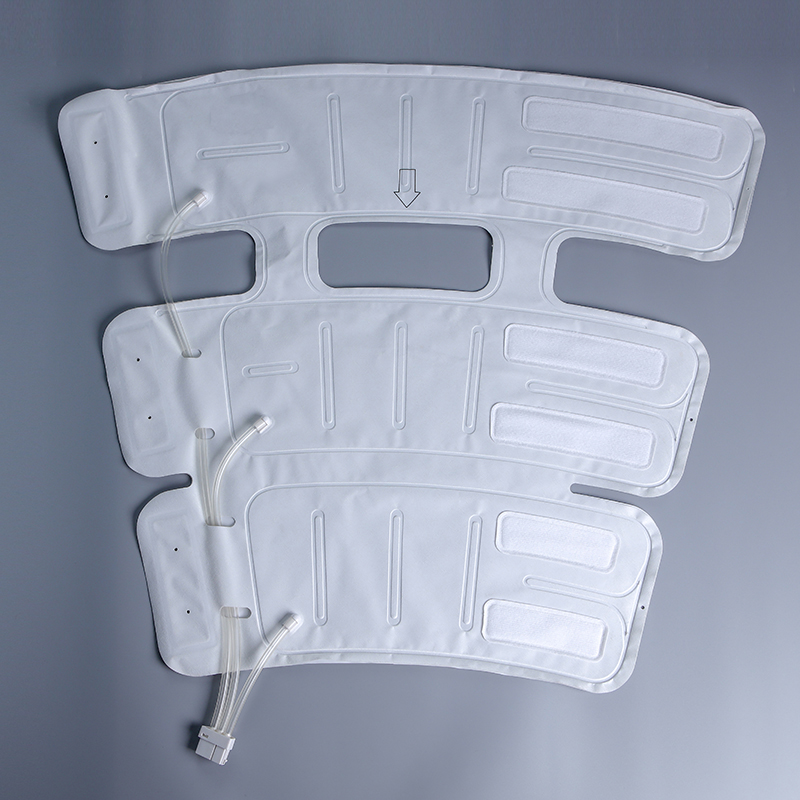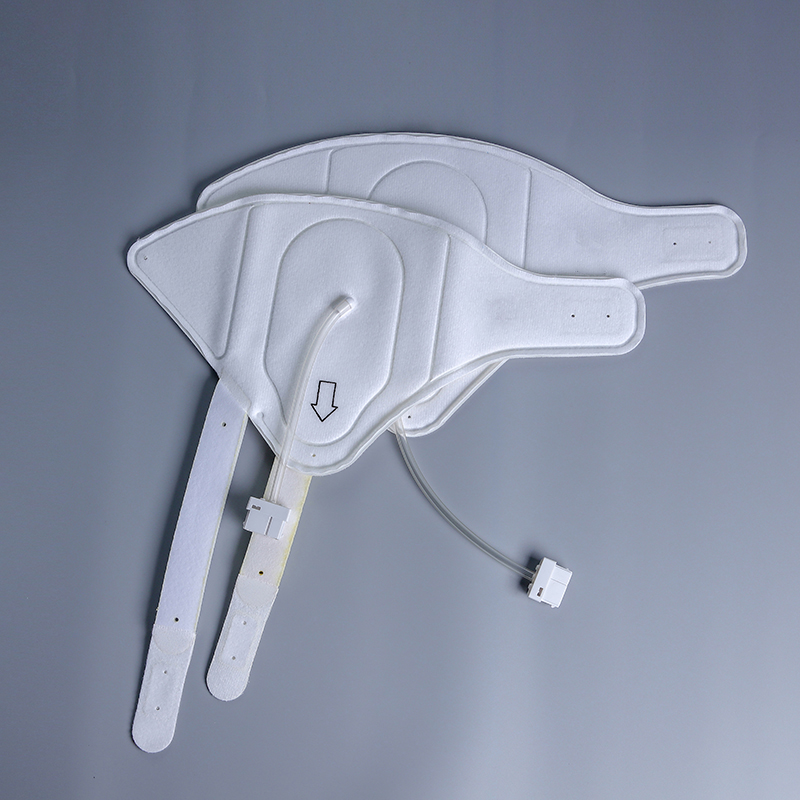Deep vein thrombosis (DVT) is a serious vascular condition caused by the formation of blood clots in the deep veins, most commonly in the lower extremities. If a clot dislodges, it can travel to the lungs and cause a potentially fatal pulmonary embolism. This makes DVT prevention a top priority in hospitals, nursing care, post-operative recovery, and even long-distance travel. One of the most effective, non-invasive strategies to prevent DVT is the use of DVT compression garments. These medical-grade garments are designed to improve blood flow by applying targeted pressure on specific areas of the legs and feet. Available in several styles—DVT calf garments, DVT thigh garments, and DVT foot garments—these tools play a crucial role in both prevention and recovery.
Compression garments not only help in reducing the risk of clot formation but also alleviate symptoms such as swelling, pain, and heaviness in the legs. They are widely recommended for post-surgical patients, individuals with limited mobility, pregnant women, and people with a history of venous disorders. Choosing the right garment and using it correctly are essential for maximum benefit.
What Level of Compression Is Needed for DVT Prevention?
When it comes to choosing a DVT compression garment, understanding compression levels is critical. These garments work on the principle of graduated compression therapy, where pressure is strongest at the ankle and gradually decreases toward the upper leg. This helps push blood back toward the heart, minimizing blood pooling and clot formation.
For DVT prevention, the commonly used compression levels are:
- 15-20 mmHg: This is considered mild compression and is often recommended for general DVT prevention, especially during travel or extended periods of sitting or standing.
- 20-30 mmHg: A moderate compression level, suitable for patients recovering from surgery, those with mild varicose veins, or at moderate risk of DVT.
- 30-40 mmHg: This higher compression level is typically reserved for individuals with chronic venous insufficiency, recurrent DVT history, or severe swelling. It should only be used under medical supervision.
Compression garments must be selected according to a healthcare provider’s recommendation. Improper pressure or sizing may lead to discomfort, skin damage, or even worsen the condition.
Types of DVT Compression Garments: Calf, Thigh, and Foot Options
DVT compression garments are available in various styles to meet individual clinical needs:
1. DVT Calf Garments
These are the most commonly used and are ideal for patients who require compression from the ankle up to just below the knee. DVT calf compression sleeves are widely used in surgical wards and ICU settings due to their ease of application and high compliance rates.
2. DVT Thigh Garments
Thigh-length garments extend above the knee and provide more comprehensive compression. These are recommended when there’s a higher risk of clot formation above the knee or when swelling extends into the upper leg. DVT thigh-high compression stockings are also beneficial for patients with significant venous insufficiency.
3. DVT Foot Garments
Also known as foot wraps or foot compression sleeves, these are often part of intermittent pneumatic compression (IPC) systems. The garments gently massage the plantar surface of the foot to stimulate blood circulation. They are especially effective for bedridden or post-operative patients who cannot wear thigh or calf sleeves.
Each type serves a different purpose, and often, hospitals use a combination of garments and devices to ensure optimal prevention. Sizing is also essential—garments should fit snugly but not so tight that they cut off circulation.
| Calf Garment | TSA8101 | Extra Small, For Calf sizes up to 14″ |
| TSA8102 | Medium, For Calf sizes 14″-18″ | |
| TSA8103 | Large, for Calf sizes 18″- 24″ | |
| TSA8104 | Extra Large, For Calf Sizes 24″-32″ | |
| Foot Garment | TSA8201 | Medium, For foot sizes up to US 13 |
| TSA8202 | Large, for foot sizes US 13-16 | |
| Thigh Garment | TSA8301 | Extra Small, For Thigh sizes up to 22″ |
| TSA8302 | Medium, For Thigh sizes 22″-29″ | |
| TSA8303 | Large, for Thigh sizes 29″- 36″ | |
| TSA8304 | Extra Large, For Thigh Sizes 36″-42″ |
How to Use DVT Compression Garments Effectively
Wearing DVT prevention garments correctly is just as important as selecting the right one. Here are some best practices:
- Timing: Wear the garment during periods of inactivity—such as hospital stays, air travel, or long periods of bed rest.
- Proper Sizing: Use a measuring tape to determine the correct leg circumference at key points (ankle, calf, thigh) before selecting a size.
- Application: Pull the garment evenly over the leg. Avoid bunching, rolling, or folding the material, as this can restrict blood flow.
- Daily Use: Depending on the patient’s condition, garments may need to be worn daily or as prescribed by a physician. Some garments are designed for single-use in hospitals, while others are reusable and washable.
- Inspection: Regularly check the skin under the garment for redness, blisters, or irritation. If any discomfort occurs, discontinue use and consult a healthcare provider.
For IPC devices with DVT foot sleeves, make sure the tubing and pump are correctly connected and functioning as per the manufacturer’s guidelines.
Choosing a Reliable DVT Garment Manufacturer
Selecting a trusted DVT garment manufacturer is crucial, especially for hospitals, distributors, and healthcare providers sourcing medical compression wear in bulk. Here’s what to look for:
- Quality Certification: Ensure the manufacturer complies with international standards such as FDA, CE, and ISO 13485.
- OEM/ODM Capability: For businesses seeking custom branding or product design, manufacturers offering OEM or ODM services provide flexibility and competitive advantage.
- Product Range: A good manufacturer offers a complete line of anti-embolism stockings, compression sleeves, and pneumatic compression devices.
- Global Shipping and Support: Look for partners with international logistics experience and multilingual customer service.
- Clinical Evidence: Some top-tier manufacturers back their products with clinical trials or certifications from recognized health institutions.
Partnering with the right supplier ensures consistent quality, reliable delivery, and patient safety.
Post time: Jul-14-2025











